What is Saudi Arabian Food Like?
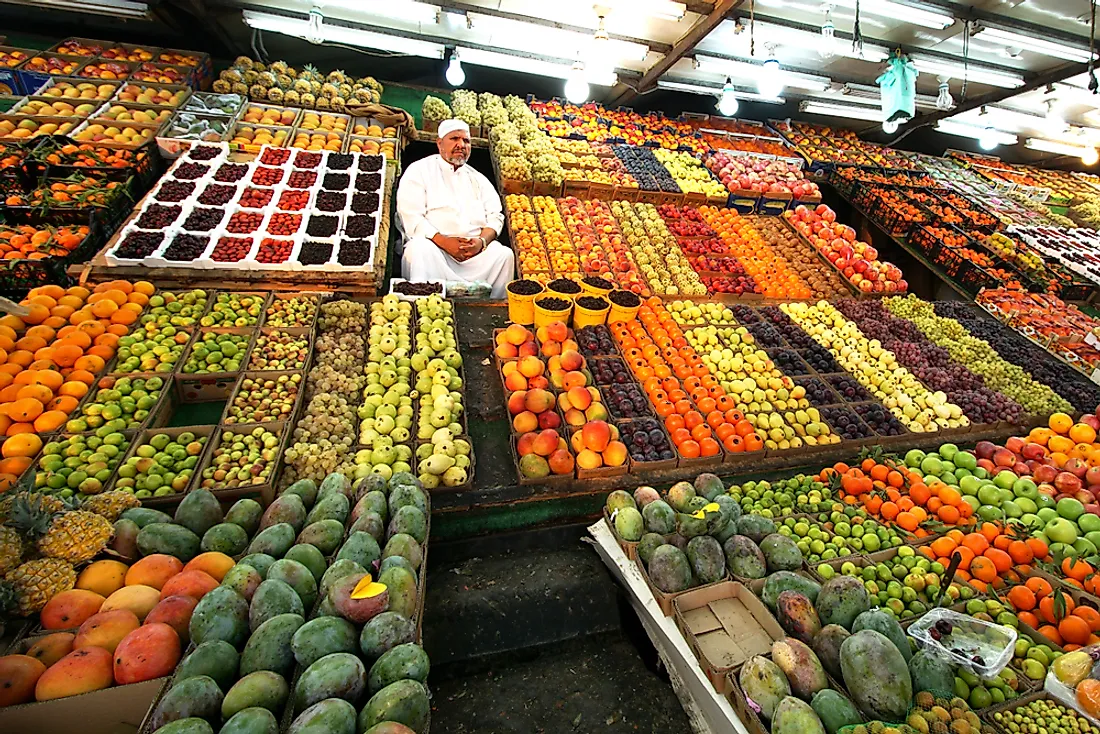
Saudi Arabian cuisine is made up of a variety of foods which vary from one region to another. Islamic laws forbid the consumption of pork and alcoholic drinks, and the law is enforced throughout the country. Islamic law states that animals must be slaughtered in a halal way and should be blessed before they are consumed. According to the traditional culture of Saudi Arabia, guests are served with dates and hot coffee, to signify hospitality and generosity. The same practice is common during the holy month of Ramadan. They break their fast with Arabian coffee, dates, and water. The following are some of the common dishes in Saudi Arabia.
Kimaje
Kimaje is flatbread, which is typically served when it is warm from the oven, and it is used to scoop up other foods. It is prepared in a large bowl where lukewarm water is mixed with dry yeast, vegetable oil, salt, sugar, and flour. They are mixed to form non-sticky dough that is easy to handle. The dough is kneaded for about ten minutes until it is smooth and elastic and set aside in a bowl covered with a towel for about one hour until the dough rises to double its size. It is then divided into six equal balls and placed side-by-side for another 30 minutes. The balls are then flattened with a rolling pin to about 1/8 inch thick and 6 inches across. Finally, they are baked in a preheated oven for about ten minutes until it turns golden brown.
Ruz al Bukhari
Ruz al Bukhari is a rice dish popular among the Gulf countries in the Arabian Peninsula. This popular dish is believed to derive its name from the Bukhara city, which was a popular trading town found along the Silk Road. Some of the spices used in this dish include coriander, cumin, fennel seeds, star anise, cardamom, cinnamon, black pepper, and nutmeg that were popular and widely traded on the Silk Road. Mutton, lamb, or chicken, and long grain rice accompany this dish. Occasionally, the dish is topped with fried onions, dried fruits, or coriander leaves, and served with cream Salata Hara or salad on the side.
Kapsa
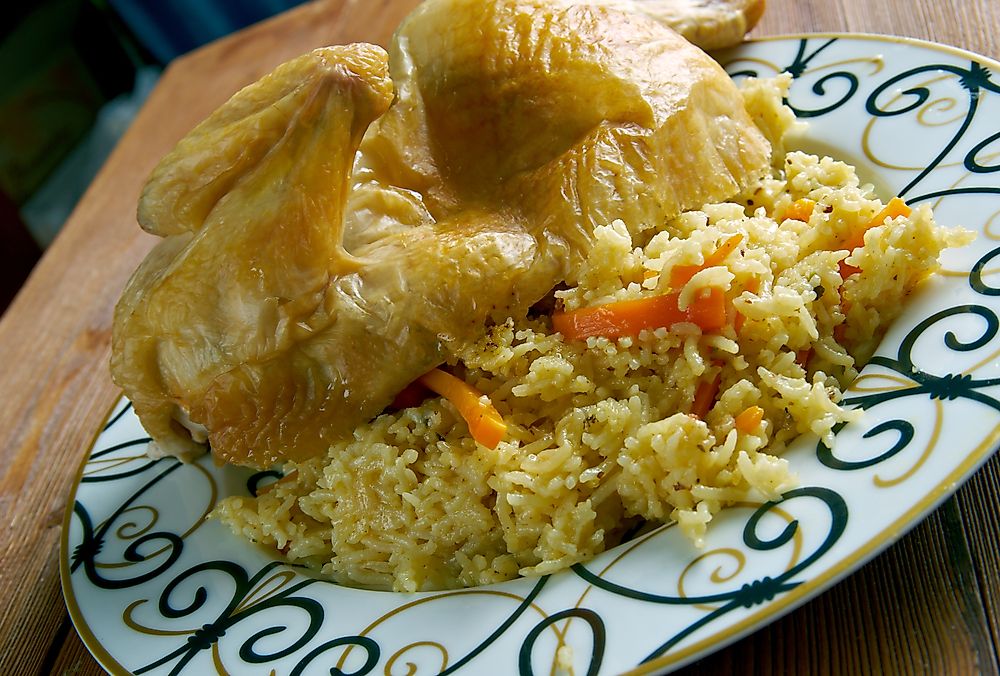
Kapsa or Kabsa is a popular dish that originates from Saudi Arabia and is now a popular dish in many countries in the Persian Gulf. The dish is prepared with meat and rice. The name of the dish is from the Arabic word “Kbs” which means press, referring to the technique used when preparing the meal, where all the ingredients are pressed (cooked) in one pot. There are pre-mixed spices used in the preparation of the kabsa having different brand names. The meat used could be fish, beef, shrimp, camel, lamb, goat, or chicken.
Kebab
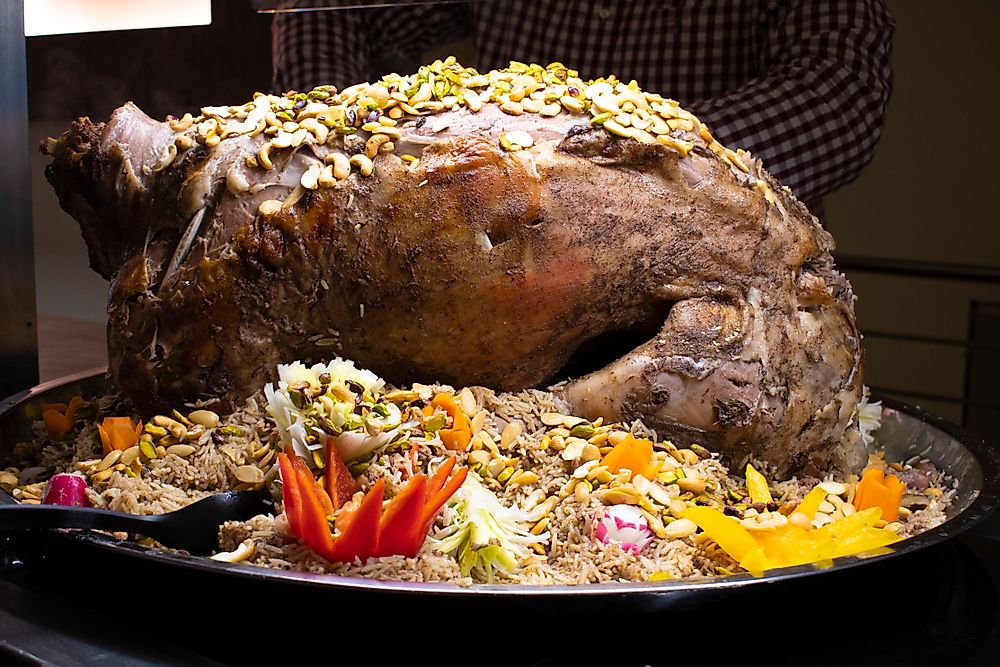
Kebab is also known as Kebap, kebab, or kabob in different countries, and the name means grilled meat or boiled meat. The dish is prepared from beef or lamb, occasionally fish or chicken is used. Pork is prohibited in Islamic laws, and it is never used.
Kleeja
Kleeja is a type of cardamom cookie biscuits in Saudi Arabia. It is prepared using flour, ground cardamom, granulated sugar, cinnamon, grated lemon peels, milk, eggs, butter, and almonds. All the ingredients are mixed to create the dough, which is rolled to about 1/8 of an inch. It is cut into 1 or ¾ inches in diameter. They are sprinkled with powdered sugar and baked for about six to eight minutes until they are brown.
Shwarma
Shawarma is a popular dish in the Middle East, and it is made of meat cut into slices and stacked into a cone shape. They are roasted on a vertical rotisserie which turns slowly or a spit. In the past, they were made out of mutton or lamb, but currently, they are made of veal, turkey, or chicken. Shawarma is among the world’s most popular street food, particularly in Levant countries, in Egypt, and the Arabian Peninsula among other countries.
Markook
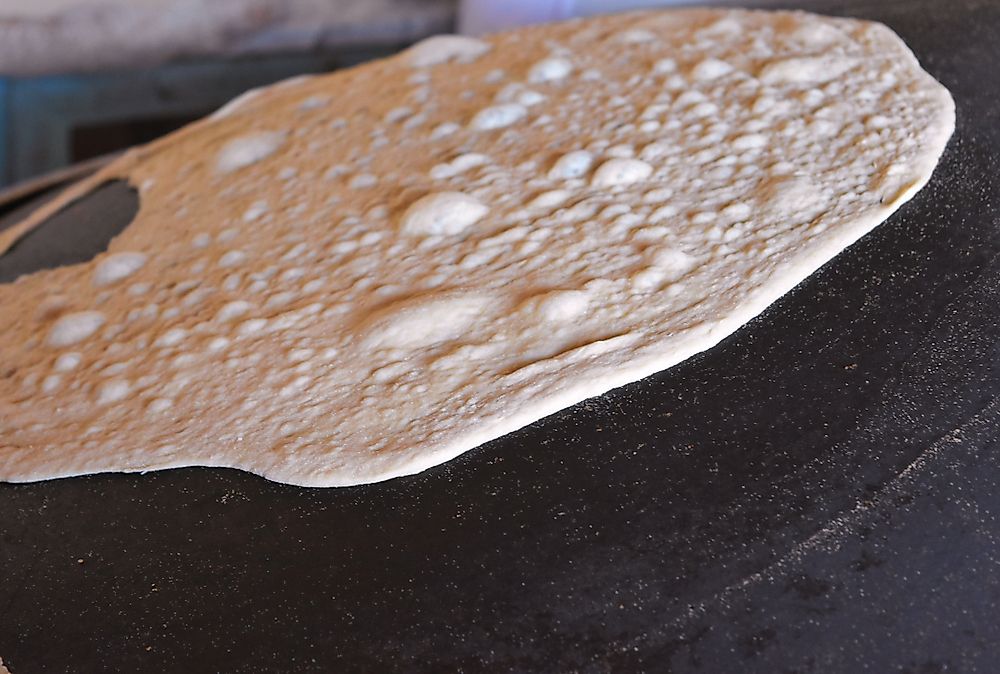
Markook is a type of the Arabic flatbread, popular in the Arabian Peninsula among other countries in the Levant region. The bread is baked in a convex or dome-shaped metal griddle commonly known as “Saj.” The dough is unleavened, and the only ingredients used are flour, water, and salt.
Maqluba
Maqluba is among the popular dishes in the Levant countries. It is made out of meat, fried vegetables, and rice is flipped upside down when it is being served. The name maqluba translates to “upside-down” referring to how the dish is served. The dish has a long history which dates back to several centuries to about the 13th century. The vegetables used could include Eggplant, cauliflower, potatoes, and tomatoes and accompanied by lamb for chicken. The ingredients are placed carefully in the pot to form layers so that when it is inverted for serving it appears like a cake layer.
Manti
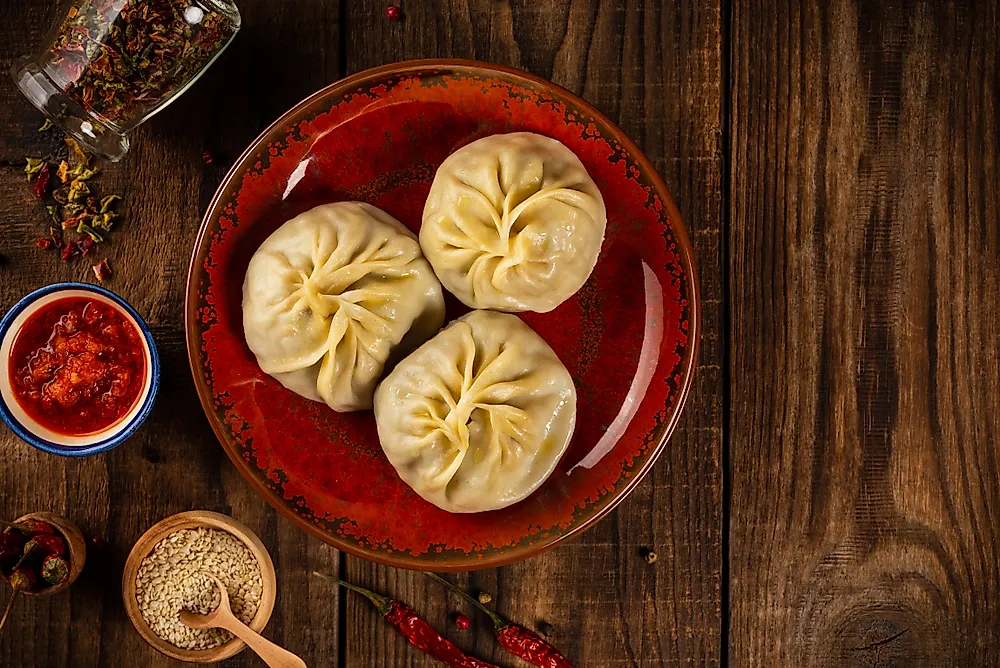
Manti is a popular dish in Central Asia, the southern part of Caucasus, Turkey, Afghanistan, and Chinese Muslims. It is also popular in Russia and the former Soviet countries. The dish is a type of dumplings which consist of spiced meat typically a lamp or ground beef wrapped in dough. It is either steamed or boiled, and the shape and size vary significantly depending on the region.
Basbousa
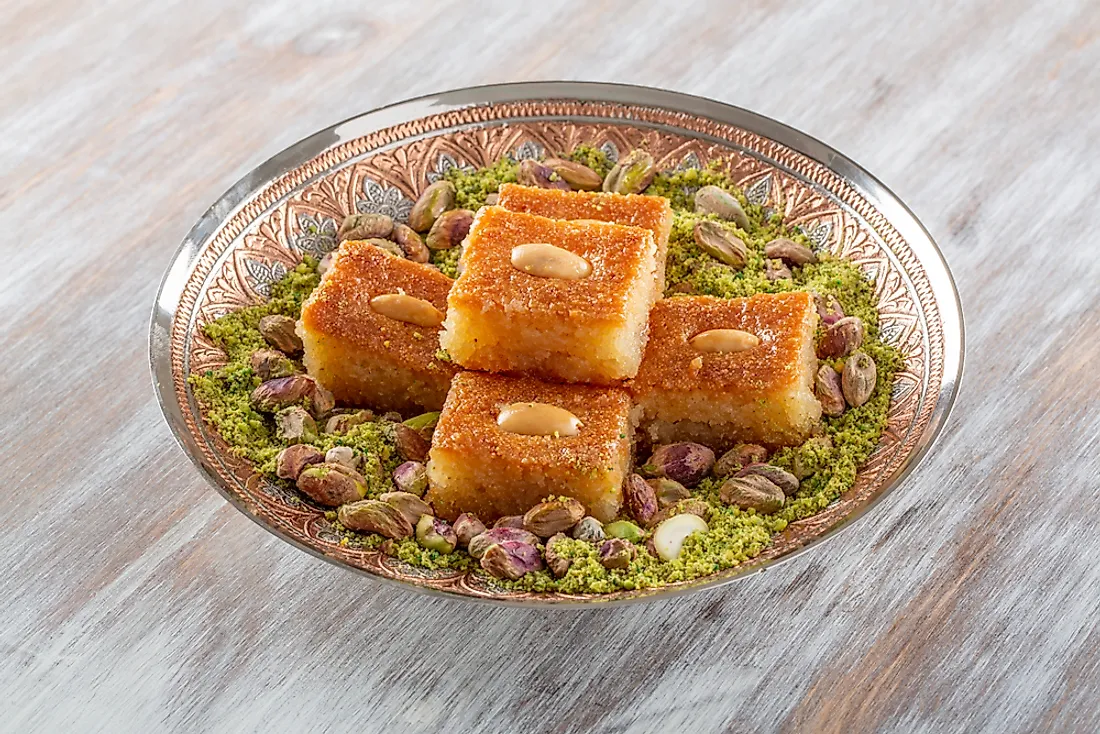
Basbousa is a traditional cake common in the Middle East, North Africa, and the Balkan states. It is known by different names in different countries. It is prepared from semolina batter, and sweetened using rose simple water syrup or orange flower water. The Persian name for the cake is revani, and it is also used in Turkish and Greek languages. The cake is popular in Armenian, Greek, Turkish, and Israeli cuisine.











